Power of Culture Blog
Live Music Takes Flight at Logan
We’re imagining this spirit of performance—of unexpected joy—everywhere across the Commonwealth
Maggie Holtzberg, Folklorist
The world of archiving folklore fieldwork keeps changing. I continue to be concerned about the challenges of keeping “born digital” items safe. Since 2008, we have switched exclusively to using digital devices (cameras, audio recorders) in our field research. That means that all new field-generated audio and visual data is captured in bits and preserved on DVD discs, SD cards, and external computer hard drives.
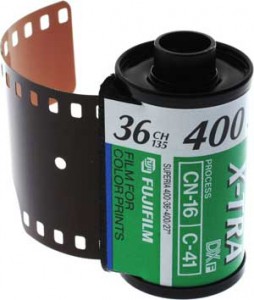
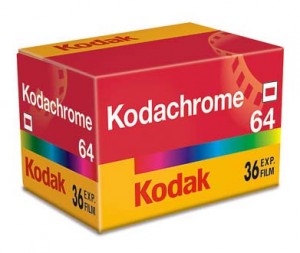

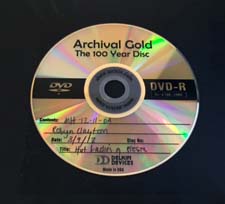
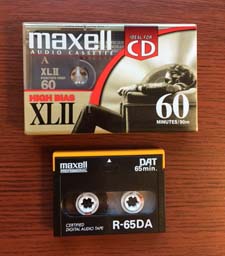

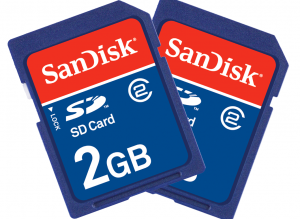
The responsibility of preserving archival collections and making them accessible was, frankly, a lot simpler in the pre-digital age. Tangible items in a collection — paper, prints, film, and magnetic audio tape — are physical things that take kindly to acid-free file folders, chemically inert plastic sleeves, and Hollinger boxes. But our collection is comprised of both physical and born digital materials. We have manuscript materials (field notes, transcriptions of audio recorded interviews, release forms, and ephemera) analog and digital audio field recordings, color slides, black and white negatives, and digital images. From the creation of the archive in 1999, we have employed archival preservation methods for the tangible items; caring responsibly for digitally born materials is more of a challenge. We store field-generated audio (.wav files) and images (.tiff) on writable compact discs and external hard drives, rather than on redundant file storage servers, as is recommended by archivists. Like the majority of public folklore programs around the country with archival collections, we lack trained staff dedicated to audio preservation, quality analog playback and digital conversion equipment, and large-scale information technology support.
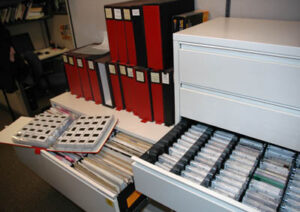
The issue at hand is how to ensure long term access to and preservation of this ever growing folk archival collection.
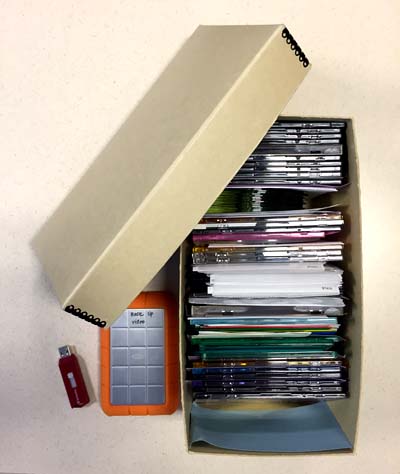
We are essentially ready to explore some kind of mutually beneficial partnership with a university special collections or other repository that has both trained staff and a stated mission supporting preservation and access.
For advice, I’ve reached out to individual archivists, like Steve Green of the Western Folklife Center Archive, who has been tremendously helpful, and other state folklorists who have made progress securing their own archival collections like Joey Brackner at the Alabama State Council on the Arts and Mary Allison Haynie at the Alabama Folklife Association, Wayne Jones, Karen Paty, and Julianne Carroll who are leading the effort to preserve the Georgia Folklife Program’s collection; and Cliff Murphy at Maryland Traditions who helped facilitate the Maryland’s Folklife Program archives move to UMBC.
Closer to home is Dr. Jack Warner, State Archivist and the Massachusetts State Historical Records Advisory Board who reviewed our situation. There are some promising partnerships on the horizon. We will keep you posted on any new developments.
This blog post originally appeared on our Keepers of Tradition blog on February 17, 2015.